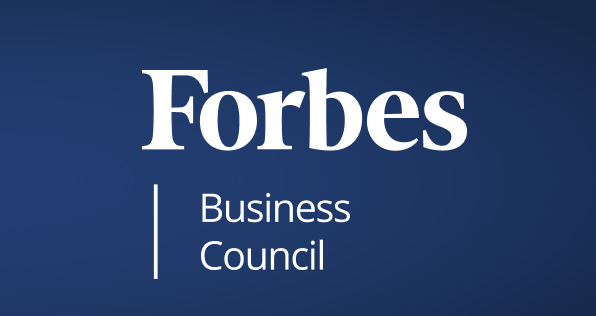Featured on ANA Marketing Maestros
— Read the ANA’s published article —
Advertising has evolved into a complex, multi-faceted discipline requiring skills borrowed from business strategy, finance, information technology, human resources and almost every other corporate function. So, it’s no surprise that the list of activities on marketers’ desks increasingly runs long and deep.
Too many marketing priorities can lead to disappointments and tough compromises. As a result, marketing leaders spend a great deal of time and energy deciding what to do, and equally, if not more importantly, what NOT to do. Time and budgets are in increasingly limited supply, and expectations have never been greater on clients and agencies than in recent years.
Prioritizing is now an absolute necessity. Having the right talent — whether internally or externally — is undeniably critical to any organization’s longevity and success. The ROI is clear: work is stronger, team collaboration improves, and innovative thinking prevails. Marketing is a talent-driven profession.
So naturally, marketing leaders focus on strengthening the talent and the partnerships with the select agencies they rely on to deliver high-performance work. For partnerships to flourish, advertisers must equip marketing teams and agency partners with processes and resources that enable them to produce better work. The client/agency relationship is constantly managed and fine-tuned through a continuum that naturally blends with a company’s rhythm of the business and overall fiscal calendar. I recommend that advertisers engage the following timeline of activities for a successful 2020.
- The start of a new year means executives are busy planning and creating a strategy for the next 12 months, this should also be a time to reflect on your current agency models and agency roster.
- New year, new budgets. As advertisers finalize budgets they should consider if they have the budget to search for a new agency partner.
- The end of the first quarter is a time to reflect on any partnership expectations you may need to manage or any required change in direction based on work performance.
- Mid-year is a good time to adjust your agency’s scope of work and manage any scope negotiations. It is also a good time to conduct mid-year performance evaluations.
- At the end of each fiscal calendar, an advertiser typically conducts a review of the year — finances, performance and the relationship, to determine if any actions to build efficiencies or improve outcomes should be considered ahead of the next fiscal year.
- If the relationship stays strong and performs up to client expectations, the process simply continues.
As with any corporate discipline, agency management is a profession in constant flux, adjusting to marketplace realities, new trends, and the changing expectations of marketing. Performance and measurement, RFPs and compensation are both challenges and priorities for marketing, procurement and agency professionals, likely because of the competitive pressure experienced in every industry category. As marketing leaders push the envelope to drive growth, all enabling functions like agency management are adroitly adjusting their aims to be of strategic value and support to internal stakeholders.
It’s clear that the current business environment is prompting more agency reviews, more change in agency rosters and greater demands on all players to drive efficiencies and execute brilliantly. These demands must be infused into the partnership lifecycle process, so they become less ad-hoc or opportunistic by nature, and therefore far more systematic and predictable. It’s also a sign of maturity for any profession.
The well-orchestrated management of agency partners is the ultimate goal for marketing leaders looking to make every dollar work harder. And with any fruitful investment, it requires discipline and consistency to pay off.





